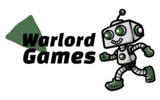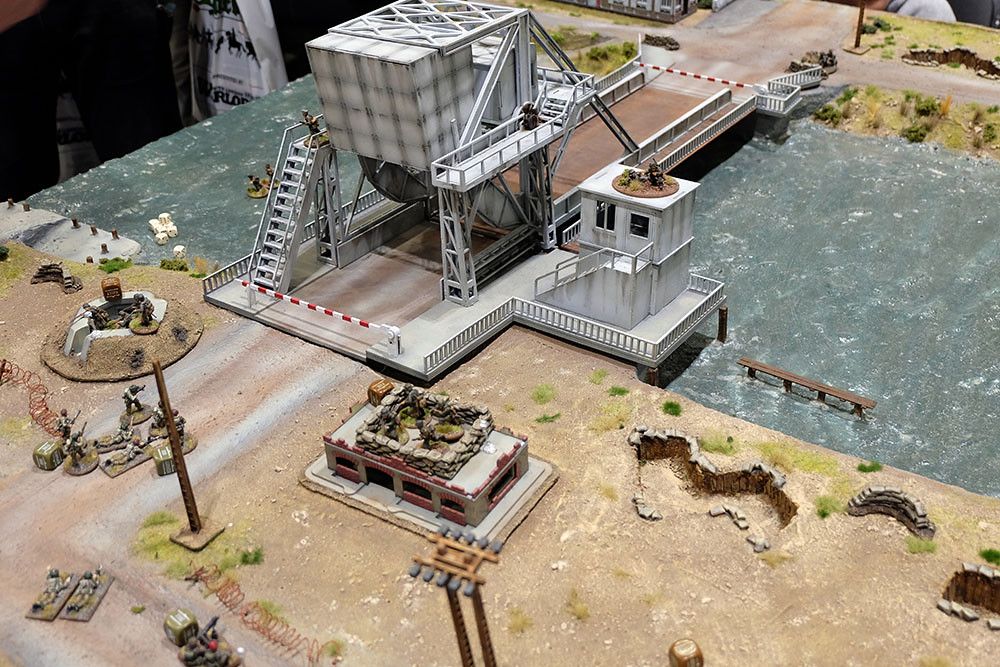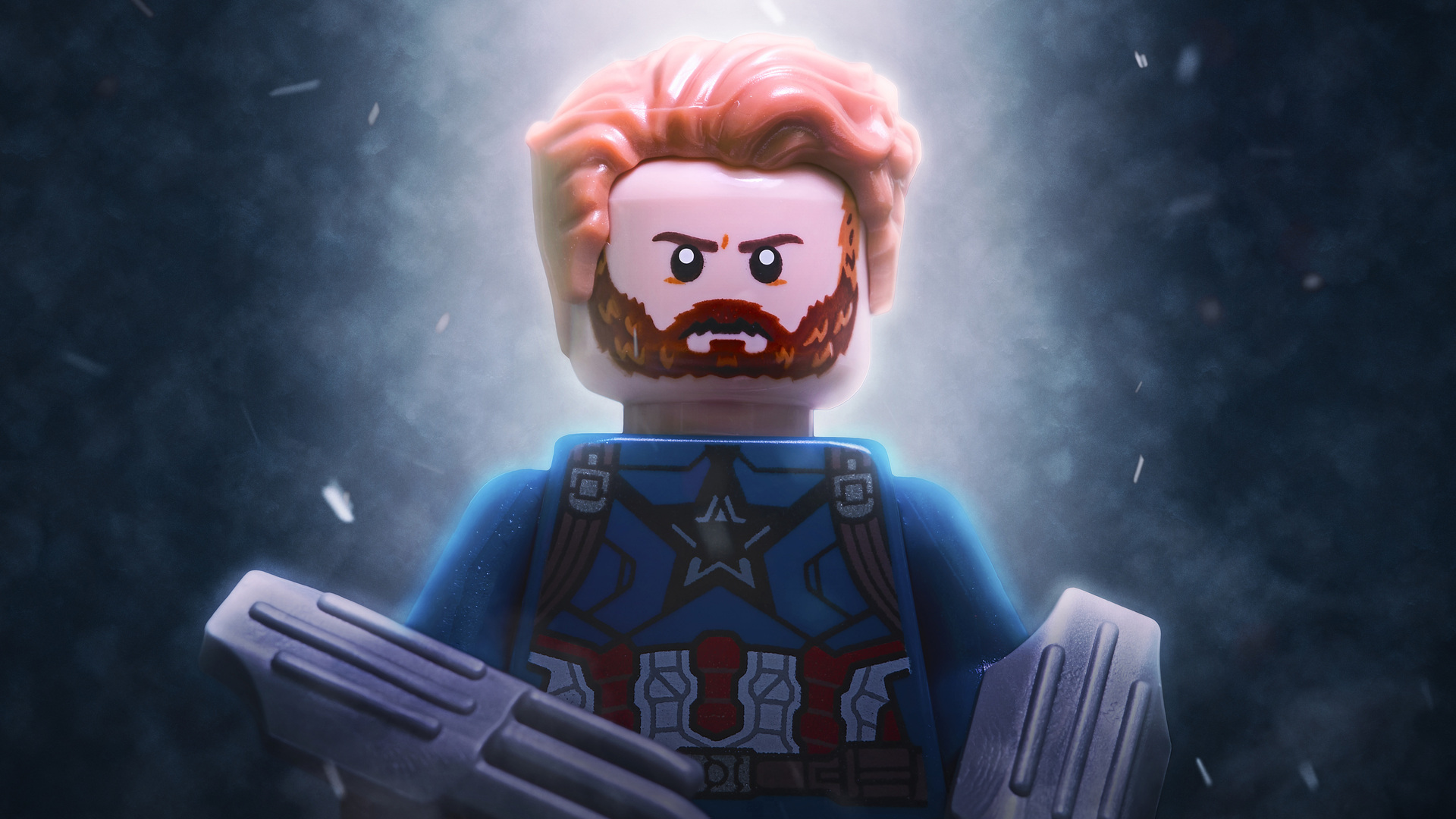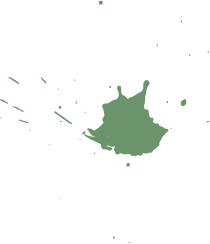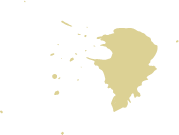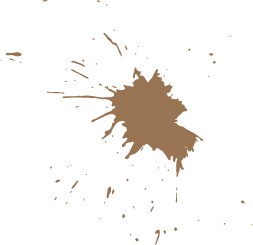Alan Mander of Mandertory Miniatures jumped at the chance to work with the fantastic model, and tells how he produced our completely modelled Pegasus Bridge gaming table in this article:
To begin, we constructed the board’s frame and base.
We used 64 sheets of 6mm MDF for this.
32 feet of 112 x 12 inch planed wood
Wood screws with a diameter of 112 inches
2x 6ft lengths of wood were cut from the tree.
4 lengths of 3ft 11 inch
2 × 11-foot lengths
The frame was constructed by putting together two 6ft lengths and two 3ft 11 lengths in a rectangle shape (it is worth pre-drilling the wood before hand). By screwing through the board, this basic frame was then attached to the 64 board. The remaining two 3 ft 11 lengths were then installed at 2 ft intervals to give support for the centre of the board. The 1ft 11 lengths were then joined to the middle of the 3ft 11 lengths (one at each end). Our board’s bottom suddenly looked like this:
This wooden baton bracing is used on all of our boards to keep the MDF from warping.
No Nails glue was used to adhere the insulating foam to our base unit. We put the bridge on the board (slightly off centre so that we had more space on the side where the Gliders landed) while this was drying (it takes about 30 minutes before you can start working on it). We then utilised WW2 reconnaissance photos as a guide to lay out the locations of all the roads, pillboxes, gun emplacements, Café Gondree (with gardens), trenches, MG nests, and ponds.
Below are some aerial reconnaissance photos of the bridge obtained shortly after the landing, as well as a map showing the location of the bunker.
The borders of the roadways were sanded starting at the Cafe Gondree end of the board to raise them slightly above the rest of the board. The Cafe was treated in the same way (leaving the area where the cafe stands unsanded). After that, the ‘flat’ parts of land were sanded to create an irregular texture. The trench portions were carefully dug out to a depth of about an inch with a steak knife (any other appropriately sharp knife will suffice). We used a miniature as a guide, and when only the miniature’s head was visible, we knew the trench was deep enough.
The river was then carved out of the foam; to make the river, cut down 2 inches of foam and leave an inch of foam. We manipulated the foam in this inch to replicate the river’s movement by generating small undulations.
At this stage, the sides were also shaped – on the Cafe Gondree side, the bank was sloped down to the canal’s towpath. A modest access ramp was built into the bank from the corner of where the bridge sits down to the towpath.
The foundation for the bridge was also built during this time. The bridge has concrete foundations that extend into the canal, as can be seen in photographs. The ones on the board are slightly larger than they are in real life in order to provide a stable foundation for the bridge. To allow for the depth of the road on the bridge, this base was sanded 5mm lower than the roads connecting to it. As a result, when the bridge was completed, it was flush with the roadways.
On the other river bank (on the control tower side of the bridge), we sculpted a concrete wall that runs into the foundations of the bridge. A steep bank on the other side of the bridge was carved with a pier protruding out of it (see photos).
The Bunker side of the river’s roads were subsequently sanded in the same way as the Cafe side to lift them somewhat. The open sections of the ground were also sanded unevenly (except for where the bunker and gun emplacement sit- these where left flat so that they sit flat on the board). The trenches were dug out in the same way as the opposite side, and the pond was excavated out and smoothed out (so that it appeared flat).
Texturing could now begin on the board.
We started by removing all of the drop terrain from the game board.
Then we used the hot glue gun to adhere the tree bases to the board.
The wooden boarding for the trenches was constructed by cutting thin strips of Balsa wood to the height of the trench wall and hot glueing them in place.
A sheet of cobbled flooring was used to construct the Cafe’s outside dining area. A wall was then constructed in the shape of a L from the Cafe to the seating area, utilising Foam board that was covered in Milliput and smoothed to resemble a plastered wall.
The River was first textured with a mixture of filler and PVA (wood) glue that had the consistency of runny porridge. After that, it was poured onto the board and smoothed over with a dampened 3 inch brush. We utilised the brush to make wavy lines symbolising the river’s movement, starting at one end (and working in the same manner along the entire river) till the river was entirely covered. The towpath, pier, concrete river bank, and bridge foundations all received this filling mix. The dowelling posts on the pier were put into position while the filler was still wet. At the same time, the river’s wooden jetty and the posts that hold the bridge control tower were built. These were constructed from balsa wood and placed into the wet filler mixture.
We mixed kiln dried sand and PVA glue (about the consistency of soggy Wheatabix) and painted it onto the rest of the board after the river was dry. To create the asphalt texture, more kiln dried sand was sprinkled onto the roads while it was still wet.
Fine modelling gravel was also extensively dispersed around the river’s sides and in the flat open sections (being careful not to get any onto the areas where the bridge and buildings would sit).
After that, the board was left to cure until the sand and PVA had hardened. Sand bags were fashioned out of Milliput and affixed to the tops of the ditches at this time.
The Board Should Be Painted
To begin, the entire board was painted in a base coat of Vallejo Chocolate Brown — since using Vallejo would be too expensive, we took a pot to our local DIY store and had them make a matt emulsion equivalent (in this case it was Dulux Velvet Truffle 2).
Once this was dry, we applied a strong drybrush of Vallejo Flat Earth (again, we made up a tester pot of matt emulsion – Dulux Summer Pecan 1) to all open sections of ground and river banks, followed by a light drybrush of Vallejo US Tanned Earth (Dulux Summer Pecan 2). Vallejo dark grey was used to pick out individual stones, which were then highlighted with Vallejo light grey.
Following that, all of the roads and concrete were painted. This was done using an airbrush, but drybrushing would work just as well. They were first given a coat of Vallejo Dark Grey. Vallejo light grey was used initially, followed by a 50/50 combination of Light Grey and Stone Grey. For the last highlight, we added white to the mix.
The river’s base coat was then applied to the board. This was a blend of Vallejo model colour Chocolate Brown and Vallejo Game Color Scurf Green in a 30/70 ratio (027). Scurf Green was used to accent this (especially on the ‘waves’ we’d built), then a small quantity of white was added to the scurf green and applied to the tips of the waves, as well as around the posts and wooden jetty.
We painted two thick coats of clear Gloss floor varnish (water based) onto the board; don’t worry if it gets frothy in parts; this adds to the appearance of moving water.
Vallejo model colour Burnt Umber was used to base coat the wood for the trenches, jetty, supports, and pier posts (941). Vallejo Orange Brown (981) was used to accent this, and then Buff was used to add wood grain (976). All of the woodwork was given a Sepia Wash after it was dry (73200).
After a base layer of Burnt Umber was applied, the Sand Bags were drybrushed with German Cam. Beige WWII (821). Finally, a little dusting of Iraqi Sand was applied.
Vallejo Dark Grey was used to paint the Cafe’s cobblestone seating area, which was then emphasised with a drybrush of Vallejo Light Grey. The wall surrounding the seating area was similarly base-coated in Dark Grey, followed by a strong drybrush of Light Grey, and finally a drybrush of White.
A 60/40 mix of Chocolate brown and Scurf Green was used to paint an inch in from the pond’s edge. A small amount of black was added to the mix for the very centre of the pond to deepen it and provide the appearance of depth. After that, a thick coat of Gloss Varnish was applied to the pond.
MIG Weathering powders were then used to weather the roadways. To begin, Dark Mud was brushed onto places that would be heavily used. With a large brush, this was then worked into the road. Following that, Europe Dust was spread into the roadways, concentrating on the edges and as a top layer for the Dark Mud. A big brush was used to work this into the board once more. To tie it all together, the roadways were given a dusting of the final highlight colour with the airbrush.
Adding some greenery to the board
The board was flocked with our own medium green Static Grass mix (lightly in locations where there will be heavy foot activity).
The reeds were then inserted into the pond’s edge using a pin vice to cut holes and a small bit of super glue to secure them in place. In the same way, long grass was put to the area around the pond and along the river bank.
Following the placement of the Reeds, a two-part resin water effect was mixed and poured over the pond.
The board was embellished with Static Grass Tufts in a variety of summer colours, as well as Static Grass blossoms. We then used hot glue to adhere sections of Clump Foliage. This was set at the Cafe Gondree Garden, between the tree bases.
The trees were put into place on the board after clump foliage was added to the tree armatures.
Finally, on the pond side of the river, we placed barbed wire around the trenches. Rust weathering powder was blended with Burnt umber oil paint and thinners to paint the barbed wire. The wooden supports were built from Balsa Wood and painted in the same manner as the tench boarding while this was drying. The supports were then super bonded to the board, and the barbed wire was then super glued over them. The board was drilled at the end of each section with a pin vice for added strength, and the barbed wire was pressed into the hole with super glue.
